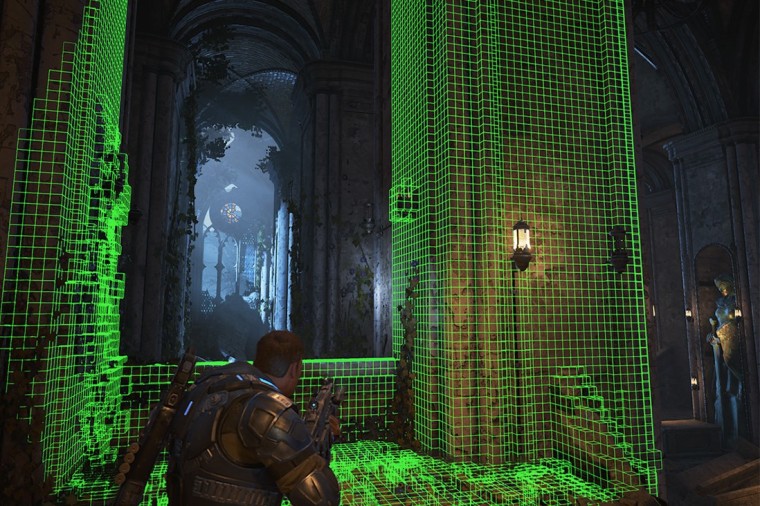Project Acoustics is Microsoft's wave-based simulation engine to introduce immersive acoustics in 3D environments such as those offered by a game or a mixed reality experience. It emulates wave effects like occlusion and obstruction without having to rely on hardware-intensive ray-tracing capabilities. As of now, it supports deployment to Windows, Xbox, Android, and macOS as runtime platforms and integrates with game engines like Unity and Unreal.
Today, Microsoft has announced version 2.0 of Project Acoustics.

The new release of Project Acoustics packs several Unreal- and Unity-specific features. On Unreal, dynamic openings are supported which form a geometrical mesh of the environment on runtime to simulate acoustics accordingly. Apart from relying on auto-generated probes, you can also manually plant your own in 3D environments. You can even set the volume of pre-generated probes for individual regions. Having more probes would mean more accurate acoustics but would obviously result in more bake time as well. Furthermore, you can utilize the "material override" option to manually set the absorption coefficient for all materials in a region.
On the Unity side, the only specific feature that has been highlighted is support for Wwise integration for Unity. Overall, Microsoft has noted that bake times will be twice as fast compared to the previous version and that the new release also contains several bug fixes.
If you're interested in trying out Project Acoustics 2.0, head over to the dedicated page here. The engine supports Windows and macOS as editor platforms right now, but the latter has plugins available for Unity only.

















3 Comments - Add comment